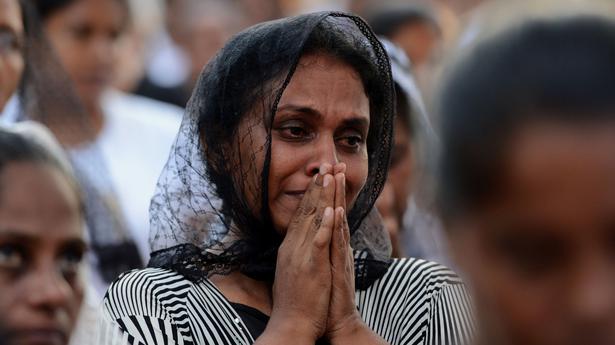
At first, they were nameless. “Nine suicide bombers,” is all authorities would reveal. In a little over a week, the police identified each of them and their stories began coming out. Now, a month after Sri Lanka’s savage Easter attacks, a messy web of disgruntled radicals has emerged, throwing up troubling hints of how readily rage can court terror.Zahran Hashim, 33, radical preacher and alleged ringleader, found little acceptance in his hometown Kattankudy, in eastern Batticaloa. Mosques in the predominantly Muslim town rejected him outright. Their members even complained to authorities, before he went absconding in 2017 after a clash with a fellow priest who challenged his interpretation of Islam.But soon, a team of young Muslim men — and one woman — from other, mostly Sinhala-majority, areas eagerly joined him on his Easter mission to carry out a suicide attack on churches and high-end hotels in and around Colombo and Batticaloa. All nine bombers were in their 20s and 30s. A Sri Lankan soldier stands guard outside St. Lucia’s Cathedral in Colombo. | Photo Credit: AP Radicalised at different times, for different reasons, and in varying measure, they encountered Hashim on social media or in person. In him, they…